Back-End & Web Development Trends For 2024


The ever-shifting landscape of digital innovation can feel like a relentless race, a whirlwind of challenges and opportunities. Your pains as a developer are real — the pressure to deliver cutting-edge products, stay competitive, and keep up with evolving user expectations can be overwhelming.
But what if we told you that there’s a compass to navigate this complex terrain? What if there were insights that could not only ease your pains but also spark a wildfire of inspiration? Well, you’re in luck because we’re about to embark on a journey through the future trends of back-end and web development.
In this article, we will unveil the key trends that will define the year 2024, providing you with the tools and knowledge to stay ahead of the curve. Whether you’re a seasoned developer striving for excellence or a product owner seeking to drive innovation, this is your roadmap to success.
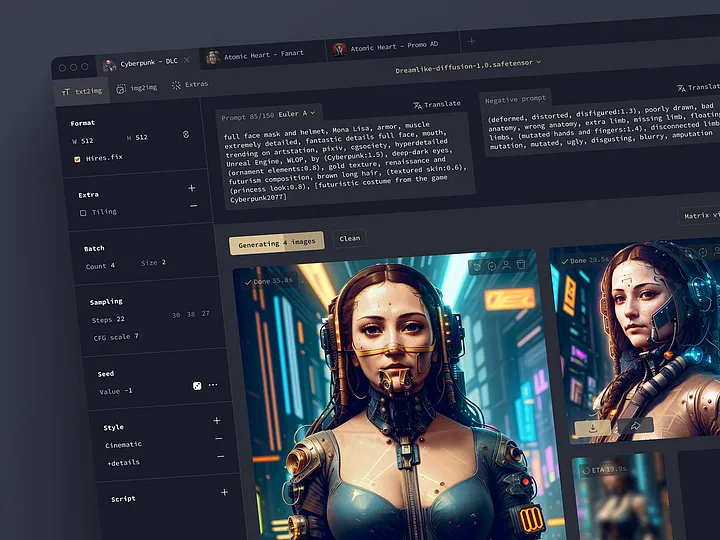
Serverless architecture is a trend in web development that will continue to expand in 2024. Often referred to as Function as a Service (FaaS), it eliminates the need for developers to manage servers. Instead, you can focus on writing code and deploying functions, enhancing scalability and cost-efficiency.
The serverless approach allows programs to operate on cloud-based servers. So you don’t need to be concerned with server availability, capacity, or infrastructure management. AWS, Microsoft Azure Functions, Google Cloud Functions, and others offer such services. Furthermore, it is very cost-efficient, since the service cost is usually calculated depending on real resource utilization.
You can apply this development trend in most businesses for image identification, multimedia processing, chatbots and assistants, notification engines, IoT apps, data collecting, and so on.
This emerging technology decentralizes data processing by moving it closer to the source. In web development, you can minimize latency and enhance real-time capabilities.
Reduced latency: since edge computing brings computation closer to the data source, it reduces the round-trip time between a user’s request and the response. This significantly lowers latency, making web applications more responsive and improving the user experience. For real-time applications like online gaming, video streaming, and IoT interactions, lower latency is crucial.
Improved performance: also, with this 2024 trend, your web applications have faster performance. Content delivery networks (CDNs) are a common implementation of edge computing that caches and serves content from edge servers. The approach decreases the load on the back-end servers and accelerates content delivery.
Bandwidth savings: less data is transferred to centralized points or cloud services. So you have significant bandwidth savings, especially in scenarios where large volumes of data are generated.
Real-time data processing: edge nodes can process data in real time, making it ideal for applications that require immediate analysis and decision-making. For example, in IoT apps: sensors can process data at the edge to trigger actions or alerts without relying on centralized servers.
It is a trendy cybersecurity approach that challenges the traditional perimeter-based security model. In a zero-trust model, organizations do not automatically trust any user or device, whether they are inside or outside the corporate network. Instead, it assumes that threats can come from both internal and external sources, and it verifies and validates every user and device attempting to access resources.
Here are the key principles of this software development trend:
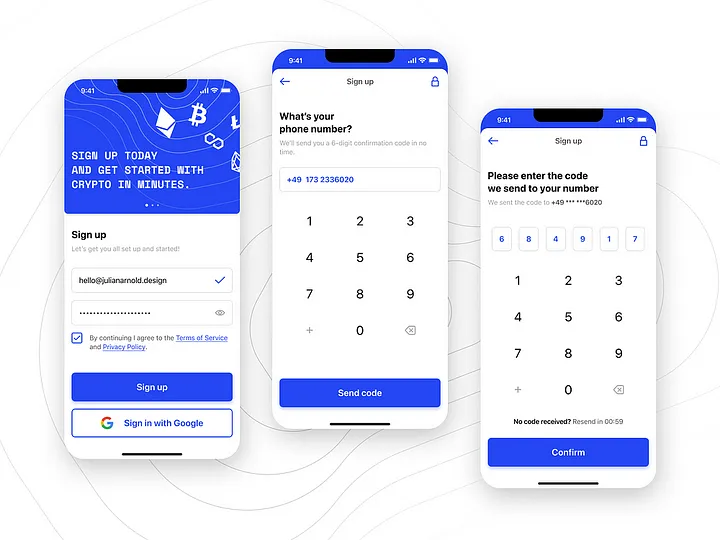
The Internet of Things is a rapidly growing software development trend. This is an interconnected network of physical devices that collect and exchange data over the Internet. These devices can range from simple sensors and actuators to complex industrial machinery and consumer appliances. Smart homes, robot vacuums, lightning, and conditioning — all of these features are a part of IoT.
There are approximately 15.14 billion connected IoT devices. They generate vast amounts of data, including device statuses and user interactions. You can create systems for your web or mobile app to ingest, process, and store this data efficiently.
This trend pairs well with cloud computing since the data is typically stored and processed in the cloud. You need to work with platforms like AWS, Azure, or Google Cloud to build scalable and reliable back-end systems for IoT applications.
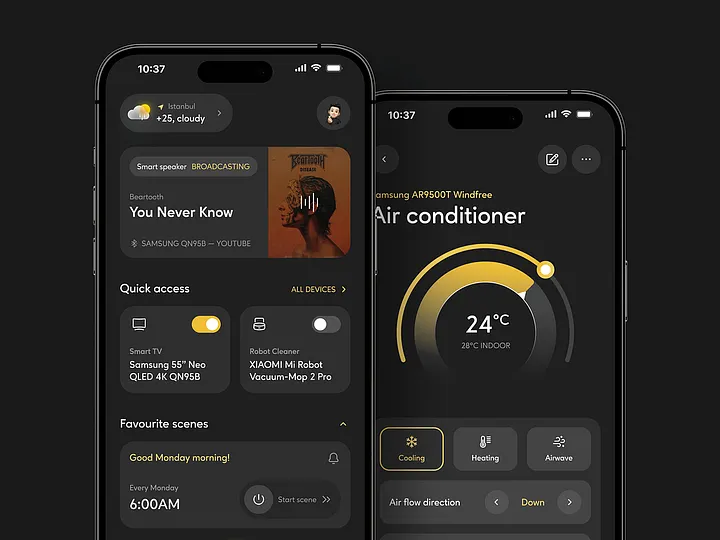
While not directly related to back-end or web development trends, ergonomic keyboards are gaining attention among developers. They often spend long hours typing and coding, which can lead to discomfort and health issues if not properly managed. Ergonomic keyboards are designed with the user’s comfort and health in mind.
With reduced discomfort and a more comfortable typing experience, your productivity increases. You also have reduced downtime due to discomfort-related breaks.

Rust
Rust is gaining momentum as a robust and secure programming language. Its memory safety features make it ideal for systems in backend development that prioritize performance and security.
JavaScript has been a trend in software development for quite a long time. It continues to play a crucial role in the industry.
While JavaScript was traditionally a front-end language, it has expanded its reach into back-end development as well. Node.js, a runtime environment for executing JavaScript server-side, has gained significant popularity. It allows you to use JavaScript on both the client and server sides of a web application, making it a full-stack language.
At the same time, JavaScript has a vast ecosystem of libraries, frameworks, and tools that simplify web development. For back-end development with Node.js, you can take advantage of frameworks like Express.js and NestJS. JavaScript is often used in serverless computing platforms like AWS Lambda, Azure Functions, and Google Cloud Functions.
Python has long been a popular programming language for back-end software development. Python’s clean and easy-to-read syntax makes it an excellent choice for developers, whether they are beginners or experienced programmers. This simplicity accelerates development and reduces the likelihood of errors. There is a rich ecosystem of libraries and packages that simplify web and back-end development.
Python works well with another trend of 2024 — cloud platforms like AWS, Azure, and Google Cloud. For example, you can use libraries such as NumPy and Pandas for data-driven web applications in IoT, machine learning, and AI systems.
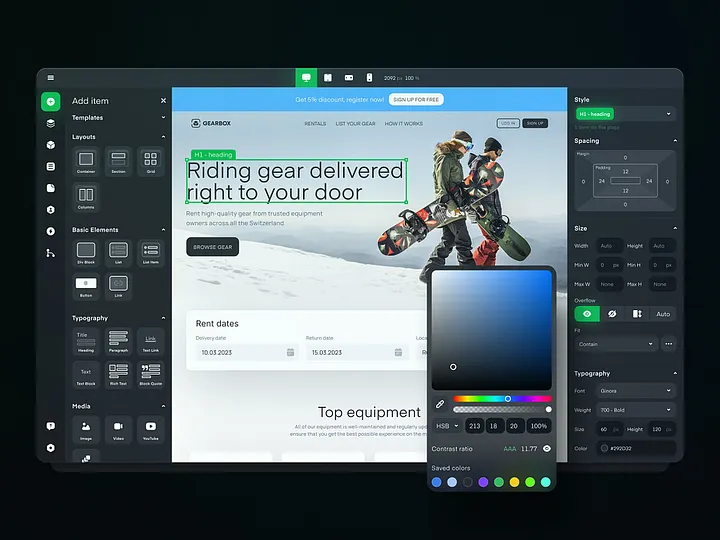
Django
Django has been a trend in web development for a while. Its main goal is to make the development process faster and more efficient by providing a robust and flexible foundation.
One of Django’s major strengths is its emphasis on rapid development. It follows the “Don’t Repeat Yourself” (DRY) principle and provides a high-level, clean, and pragmatic design that allows you to build feature-rich web applications with less code and effort.
Moreover, the framework includes an admin interface that is automatically generated depending on the data models defined in your application. With the interface, you manage your app’s data easily, making it a valuable tool during development and for site administrators.
It is an open-source, cross-platform JavaScript runtime environment with which you can run JavaScript code on the server side. Node.js has gained significant popularity and has become a development trend in 2024.
It is known for its event-driven, non-blocking I/O model. It can handle a large number of concurrent connections efficiently, making it well-suited for building scalable and high-performance applications.
Also, Node.js allows you to use JavaScript not only for client-side web development but also for server-side programming. This unification of client-side and server-side code simplifies the whole process, as you re-use the same language and libraries on both ends.
Svelte is a game-changer in web development. It compiles components into highly efficient JavaScript, resulting in faster load times and a smoother user experience.
Svelte is often compared to React, another popular JavaScript framework. While React focuses on a virtual DOM, this one takes a different approach by compiling components into efficient JavaScript code during build, potentially leading to better performance.
By the way, Svelte has recently become the most admired JavaScript web framework in the StackOverflow industry survey.
It is an open-source project featuring a modern JavaScript framework. Qwick optimizes web application performance, particularly focusing on speed and efficiency.
The framework is becoming a trend for its rapid page load times and efficient rendering approach, even for complex websites. Unlike traditional frameworks that require client-side hydration for interactivity, Qwik eliminates this step, further improving load times.
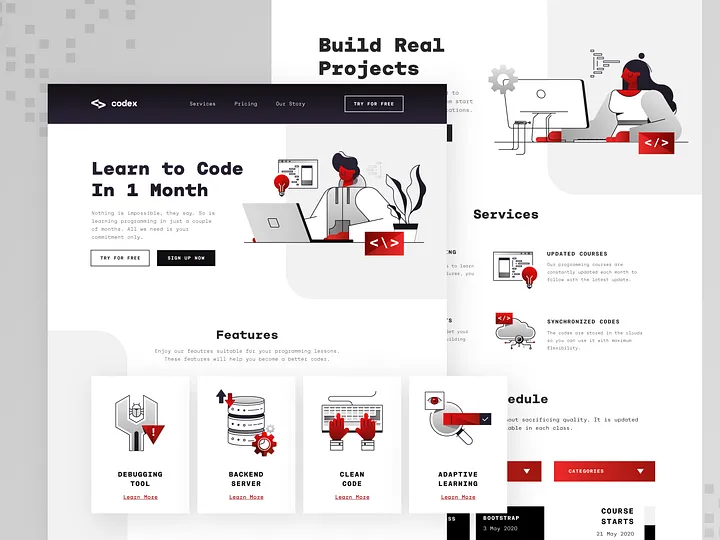
The world of back-end and web development is poised for exciting changes in 2024. From AI and ML integration to serverless architecture and edge computing, you have a lot to look forward to. Check out these trends and technologies now to harness their full potential and remain competitive in the ever-evolving digital landscape.
Source: Medium.com
Originally published at https://shakuro.com
By Mary Moore, copywriter at ShakuroShakuro